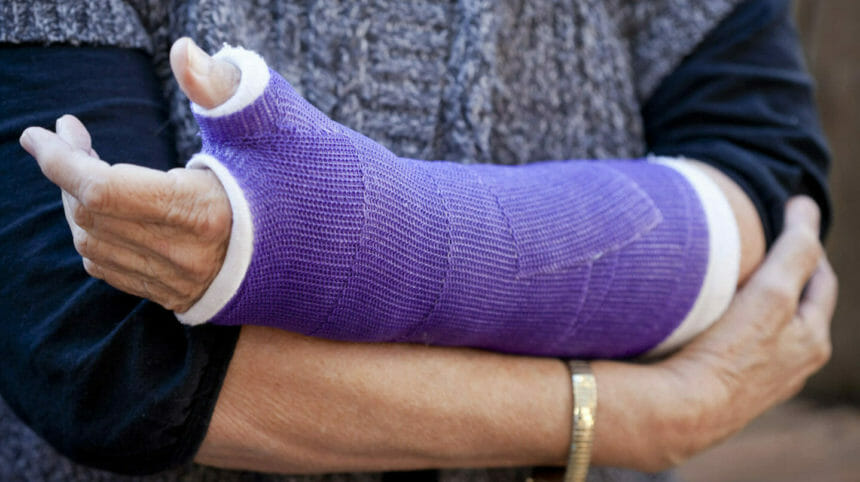
A program that enabled virtual diagnosis and on-site fracture stabilization early in the pandemic kept 100% of participating long-term care residents out of the emergency department and reduced the need for transfers to clinic care, a small pilot study reveals.
The intervention, tested in nursing facilities in Toronto, was developed after data from the Toronto Paramedic Services found that orthopedic trauma was the second highest cause of ED transfers for LTC residents. In addition, the typical turnaround time for the arrival of a mobile imaging unit to facilities was 72 hours from the time of a request. A resident with an urgent fracture might, therefore, be sent to the ED for stabilization, back to the nursing home, and then back to the clinic for later care.
Access to mobile imaging
Stakeholders aimed to reduce residents’ risk of exposure to COVID-19 and avoid the extended isolation necessary after return from the hospital. The pathway intervention, created by a multidisciplinary team of long-term care medical directors, other LTC clinicians and orthopedic surgeons, combined virtual and in-person care.
During the pilot program, nursing homes were given expedited access to mobile radiography providers, new forms with which to access to telehealth referrals, and braces and/or splint equipment so that staff members could immobilize residents’ injuries while waiting for diagnostic confirmation. Residents with severe fractures were not included in the program.
No ED transfers necessary
Since implementation, investigators tracked 17 referrals to the pathway. None of these injured residents were transferred to the ED and 47% were not transferred to a fracture clinic for additional care.
“Given the high prevalence of injuries leading to fractures in the LTC setting, if scaled, this pathway has the potential to significantly reduce avoidable ED transfers from LTC while simultaneously improving LTC resident care experiences,” the investigators concluded.
The study was published in JAMDA.
Related stories:
Guidance aims at making LTC-to-hospital transitions safer during the pandemic
Nursing home ‘avoidable transfer scale’ prevents unnecessary transitions in pilot study




